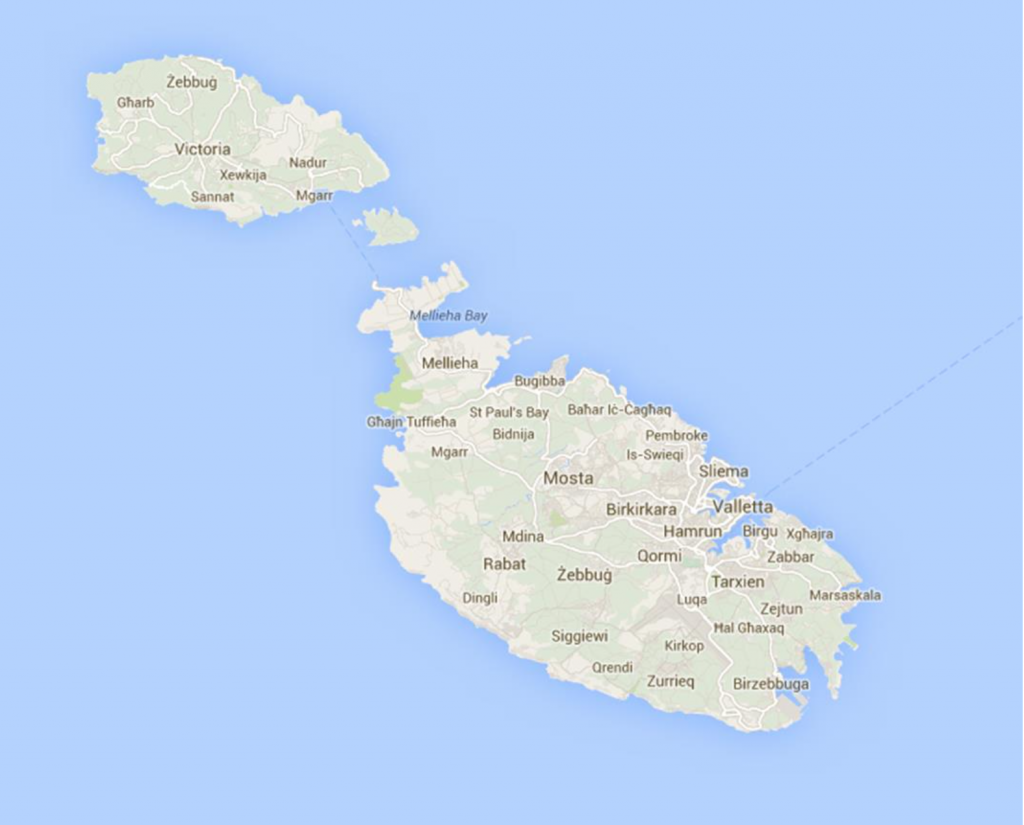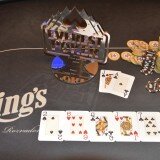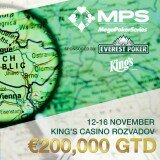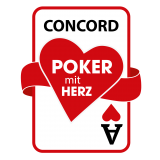Official Name: Republic of Malta
Capital City: Valletta is the Capital City of Malta
Location: Southern Europe
Currency: Malta adopted the Euro currency on January 01, 2008
Population: 416,046 (as of 2010)
Surface Area: 316 km² (Malta)
Time Zone: GMT +1
Languages: The official languages are Maltese and English
Climate: Mild winters and dry summers
Formalities: European residents need a valid identity card
Electricity: Electrical supply is 240 volts, 50 hertz – the British three-pin rectangular plug system is used
Religion: The Majority of the Maltese are Roman Catholic, but various other religious denominations are also represented
Airport: Malta International Airport is located between the villages of Luqa and Gudja, 10kms from Valletta

Megaliths, medieval dungeons and Calypso’s Cave – The Maltese Islands are positively mythic. The narrow meandering streets of their towns and villages are crowded with Renaissance cathedrals and Baroque palaces. The countryside is dotted with the oldest known human structures in the world, the Islands have rightly been described as an open-air museum.
The Maltese archipelago lies virtually at the centre of the Mediterranean, with Malta 93km south of Sicily and 288km north of Africa. The archipelago consists of three islands: Malta, Gozo and Comino with a total population of 430,000 inhabitants over an area of 316 sq. km and a coastline of 196.8 km (not including 56.01 km for the island of Gozo).
Malta is the largest island and the cultural, commercial and administrative centre. Gozo is the second largest island and is more rural, characterised by fishing, tourism, crafts and agriculture, while Comino is largely uninhabited.
With superbly sunny weather, expansive coastline and beaches, a thriving nightlife and 7,000 years of intriguing history, there is a great deal to see and do. With a little help from any guidebook, captivating places of interest are immediately identified – the world famous Hypogeum, selected as a place of World Heritage by UNESCO, prehistoric temples and grand palaces, are but a few.
The long relationship between the Islanders and the various nationalities that occupied Malta over the centuries has created a marriage of styles and traditions, giving the Islands a fascinating eclectic culture.
True to the melting pot of cultural influences, the national languages are English and Maltese.



















